HomeTriangle Guides: Waterproof Your Windows Before Monsoon Arrives
Read HomeTriangle guide on how to deal with intrusive elements in new and existing installations with these practical and effective methods.


Although we all like rain, which also means good news for outdoor activities, when rain enters your home, it is not so fun. Rainwater leakage can cause more damage and costs than you think. In addition, infections and respiratory diseases caused by molds and bacteria can also affect the health of family members.

Are you afraid of the impending monsoon season? Is there a problem with the water seeping through the window? If you do, it's high time to waterproof your window system. Read HomeTriangle guide on how to deal with intrusive elements in new and existing installations with these practical and effective methods.
1. Caulks
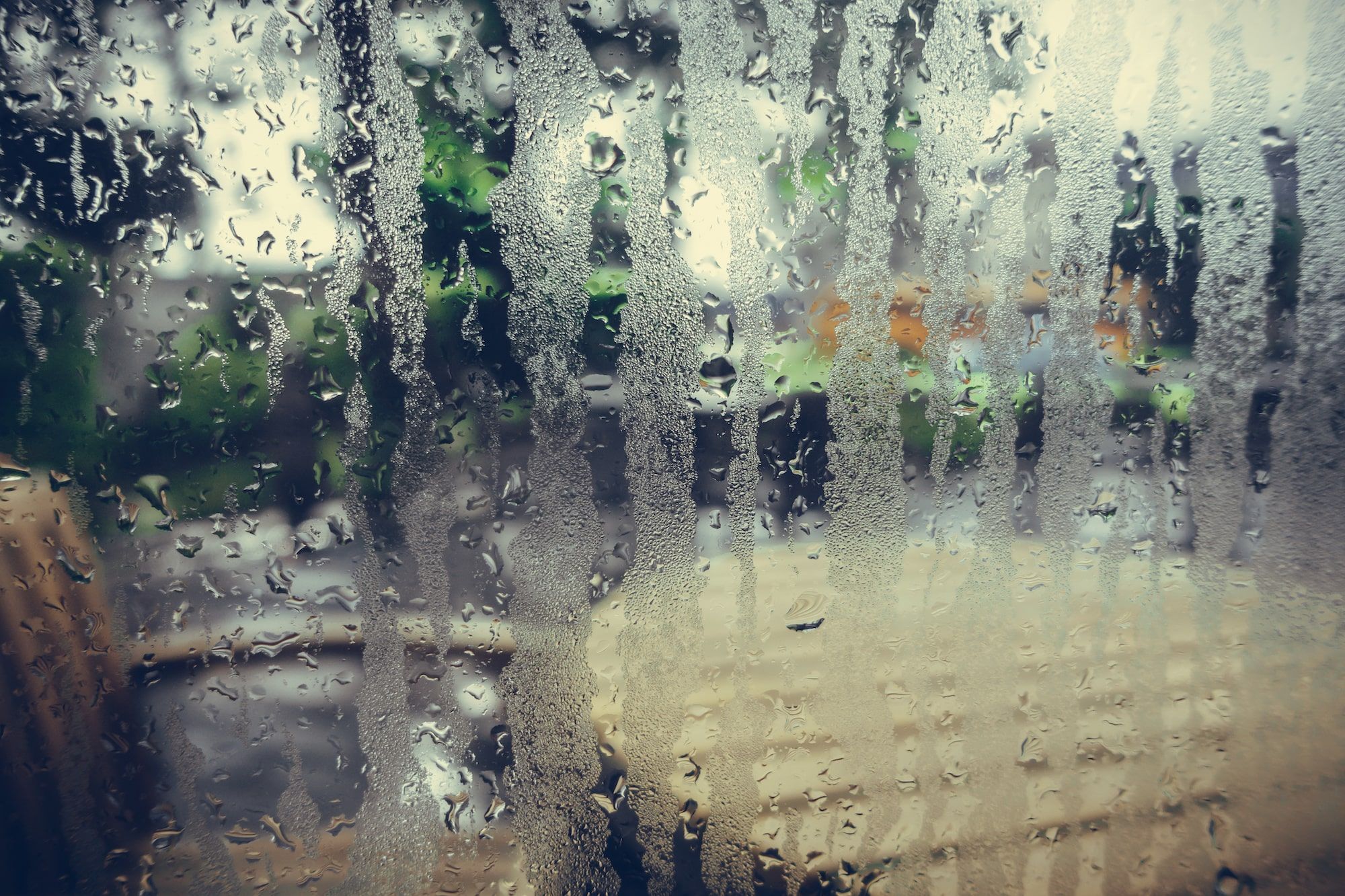
Window sealing means sealing the joint between the window frame and the main wall to form a watertight system. Silicone, silicone latex, and rubber are common compounds used to protect windows in homes.
The sealant is usually contained in an ink cartridge that can be applied with a sealing gun. Then use a tool to grind the compaction rollers flat to fill the gap. Sealing is not a difficult process, but it does require a skill. Taking professional help from experts can ensure that there is no leakage afterward.
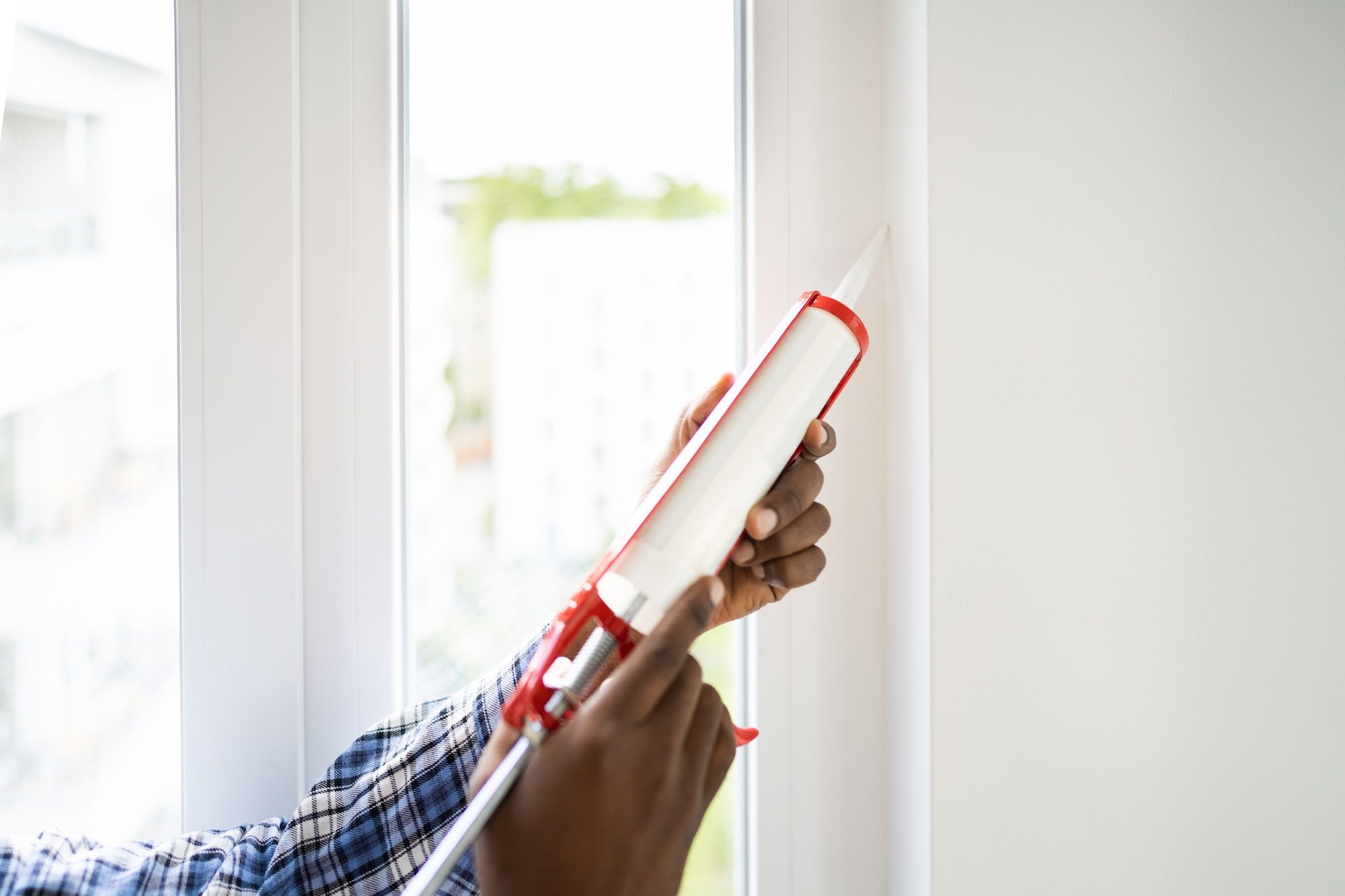
Keep in mind that it takes at least 24 hours for the sealant to harden; therefore, please wash or clean the area beforehand and make sure it is dry before you start. When you want to close the leaking window again, please remove all dry matter from the sealant and prepare a clean, dry surface, and then apply the sealant for a few days in dry weather.
2. Weather Strips

Sealants are inexpensive and as effective as sealants. By applying self-adhesive sealing strips along the seams of the window glass and the frame, the leaks in the window can be corrected immediately. This does not affect the appearance of the windows. Rubber, foam, felt, and vinyl is some of the most commonly used window seals. You should choose a material that adheres well to the window material.
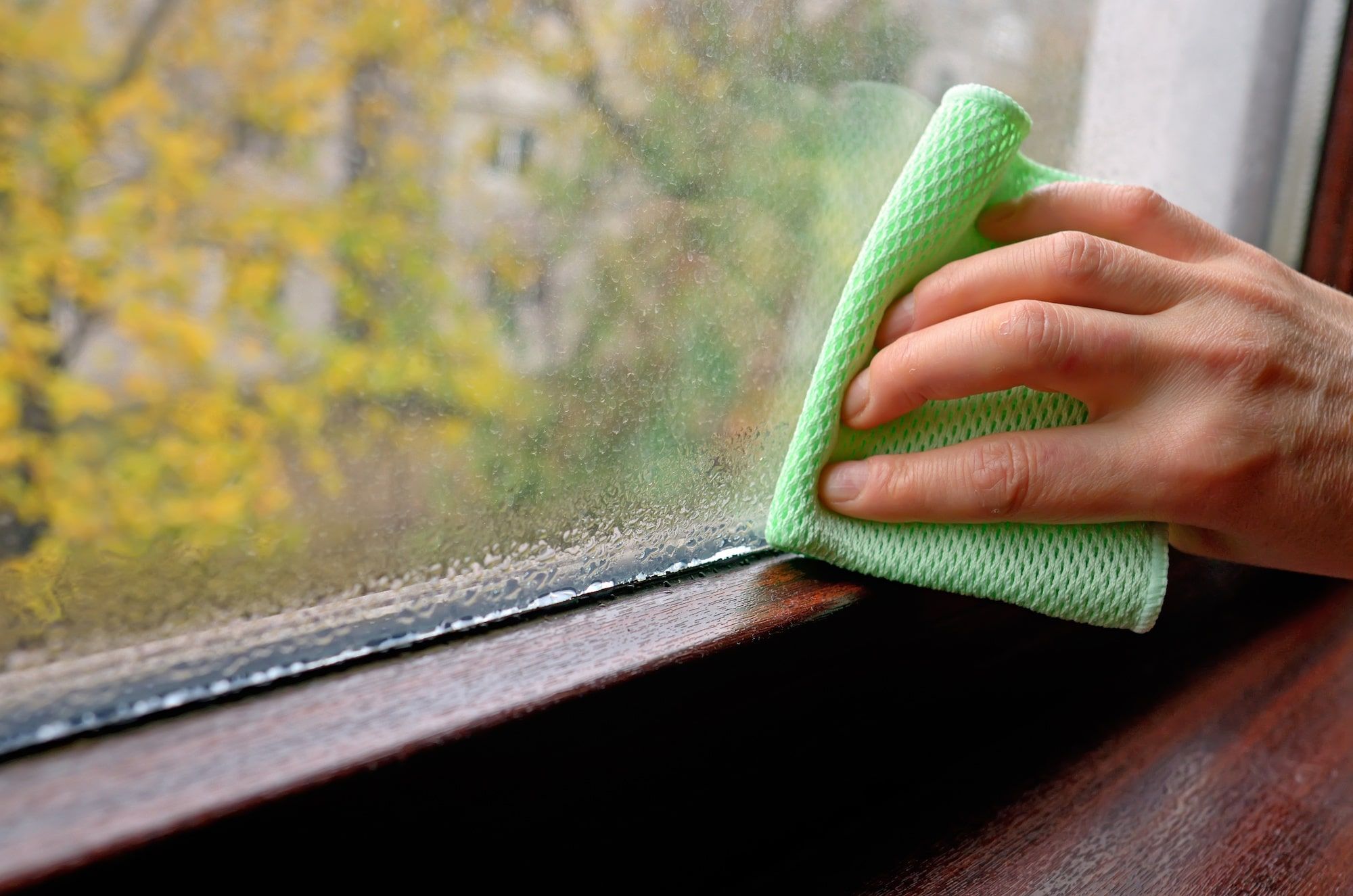
You can glue the washer to the window yourself. Just cut the tape to the width of the window, tear off the back, and press the adhesive surface on the surface of the window in a straight line. So easy! You can also find weatherproof tape at a local supplier.
3. Frame Arrangements

If you plan to replace old windows that leak when it rains, check out PVC and plastic windows that have special integration to prevent water droplets from entering the house during heavy rain. The window frame has a raised inner rail that collects rainwater and guides it to the outside. The position of the threshold prevents water from entering. In addition, a guide plate with an inclination of at least 5 degrees ensures that spilled water can be drained.
4. Foam Sealants

A foam spray can help you fix a large hollow space in your window frame or a gap formed in the jambs. Foam sealants, similar to caulks, are sealants applied with a foam gun. The foam expands to fill large and small gaps and provides better insulation than sealants and sealants. When the foam is completely dry, use a knife or vegetable peeler to cut off the excess.
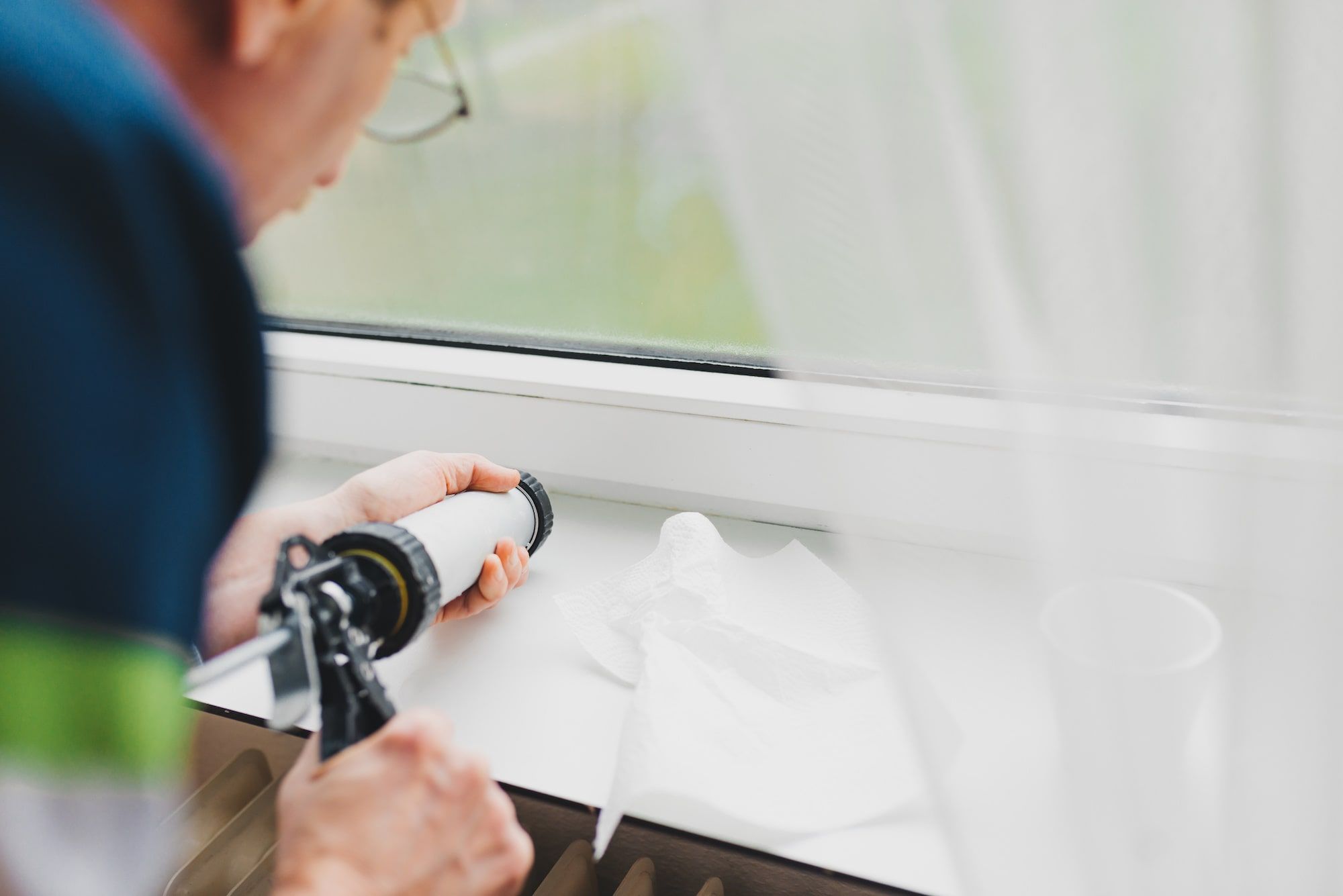
We can’t stress enough when we say it is not recommended to use the foam gun without proper training. It is safer to hire professionals to do this job, even if it is a small job. Be sure to choose a low-pressure, low-expansion sealant to prevent window frames and panels from deforming due to expanded foam.
5. Self-Adhesive Tapes
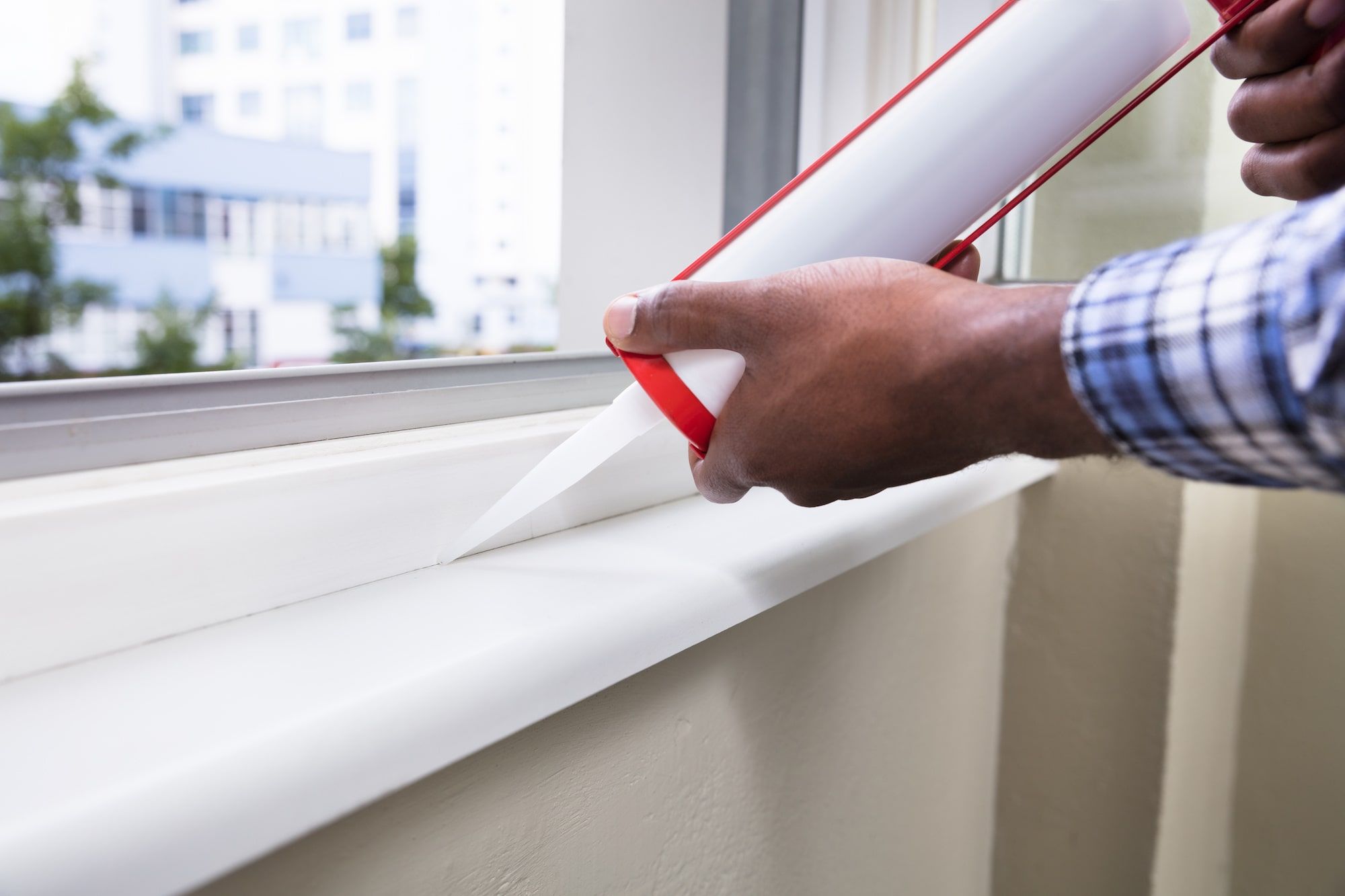
This is a temporary but effective solution. A gaffer tape is a waterproof fabric adhesive tape, similar to duct tape. You can use weatherproof tape instead of gaffer. The tape is inexpensive and durable, sticks to all types of surfaces and textures. With the help of tape, you can seal leaking windows without leaving a mess. You can buy heavy-duty sealing tapes and films at hardware stores. Adhesive tape is easily available in hardware stores.
6. Window Snakes

Do you want to quickly repair leaking windows? Imagine a window snake. Window arrays, airlocks, or seals are long pillow-like tubes filled with absorbent or insulating material that can be inserted into the bottom slot of the window to absorb the dripping water.
Do-It-Yourself: You can sew old fabrics (socks, pillowcases, T-shirts, or anything else) into a tube and sprinkle sand, uncooked rice, or beans on it to make a window snake at home. It's important that the chosen fabric is absorptive. Silk, linen, and viscose fiber can't retain water.



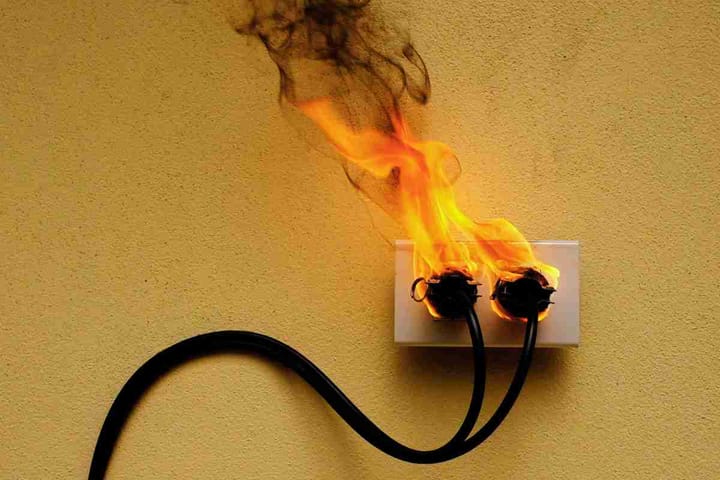
Comments ()